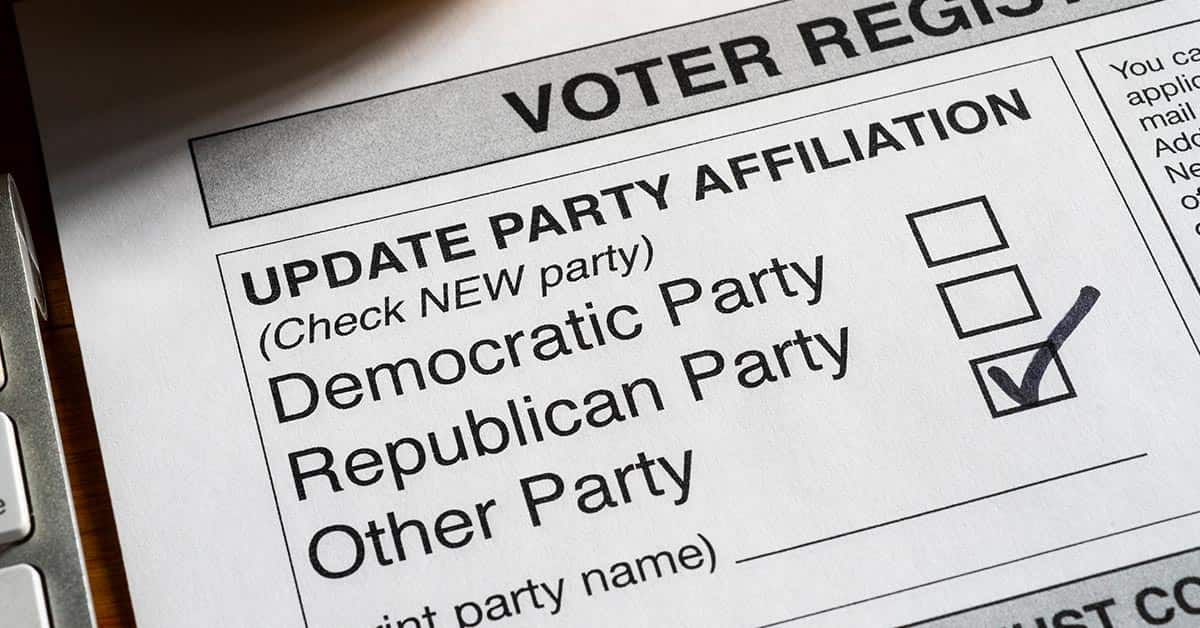- cross-posted to:
- hackernews@derp.foo
- cross-posted to:
- hackernews@derp.foo
Story Highlights
- Third time support has exceeded 60%, along with 2017 and 2021
- Republicans primarily behind the increase, with 58% now in favor
- Political independents remain group most likely to favor third party



The Center for Election Science disagrees and says that RCV is more likely to encourage extremist candidates:
"Tactical Voting
Approval voting performs rather well in the face of tactical voting. Like any voting method, approval voting does have tactics and strategy such as the “threshold strategy“. Under basic assumptions with tactical voting, approval voting elects beat-all winners (Condorcet winners) when they exist. Computer simulations using Bayesian regret calculations (shown at bottom) demonstrate better utility outcomes in elections using approval voting versus RCV even if all approval voters were tactical and all RCV voters were honest.
RCV is susceptible to tactical exaggeration. This is so much so that when voters are tactical, RCV can degenerate approximately into ordinary plurality voting. Note how approval does not degenerate into plurality. RCV’s tactical vulnerability can also mean voters do not rank their favorite candidate as first."
https://electionscience.org/library/approval-voting-versus-irv/
I watched their video about this and I don’t think it’s really that simple. Yes, approval voting means your first choice will never harm your second choice, but your 2nd choice can still absolutely harm your 1st choice. In a situation where there are 3 (or more) approximately tied candidates, voting for any candidate which is not your favorite is likely to harm your favorite’s chances.
Also, their example of a “spoiler” effect doesn’t really convince me. Sure, they negatively frame it by calling the winner party “bad”, but that candidate got more first round votes than the other candidates so it’s logical for it to have an advantage over a candidate who is mostly a second choice.
It doesn’t seem like a likely scenario either, it requires a scenario where voters who prefer candidate A want B as their second choice, but voters who want candidate B have no agreement with candidate A.